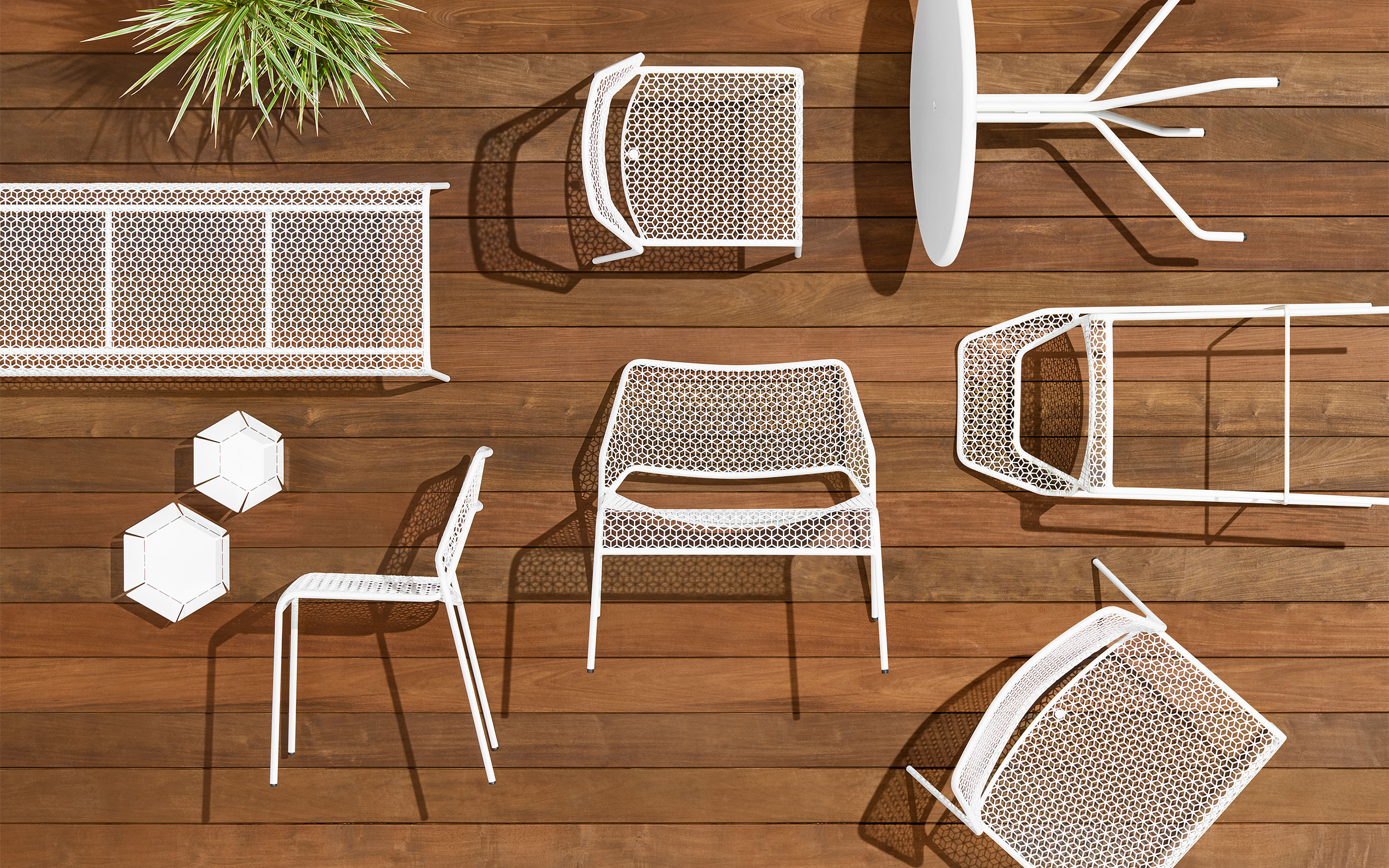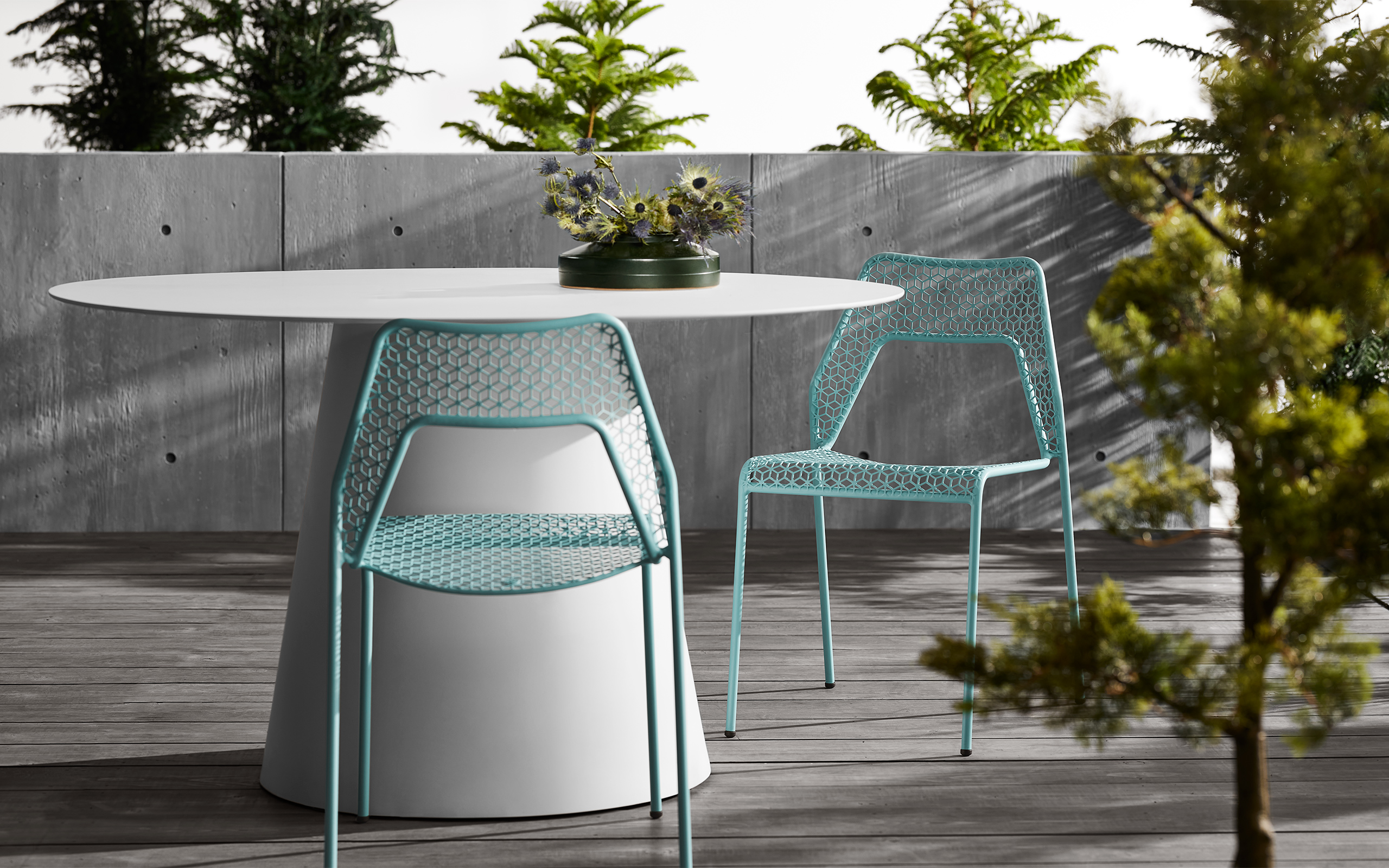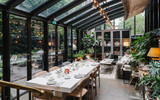The Design History of the Hot Mesh Chair
Estimated 0 min read
The Hot Mesh Chair – a Blu Dot icon that weathers any storm. Powder-coated steel. Indoor or outdoor. She does it all since 2012 and people can't get enough. We want to take you through the design history of the Hot Mesh Chair and how it came to be. Hot Mesh takes its inspiration from the classic café chair designed in 1859, the Thonet Chair. The designer of the chair, Michael Thonet, is famously known for his bentwood furniture. Bentwood furniture is a bending technique done by wetting wood (either by soaking or by steaming). After the wood dries, it hardens into those bent shapes. It's most often used in the production of rocking chairs, cafe chairs, and other light furniture! That lightness is something universally coveted in furniture – especially when it achieves the balance of being durable and transportable at the same time.
So how did Blu Dot create that balance?
It's hard to look at those two chairs quickly and notice the similarities. But actually, the structural approach is incredibly similar – design lead Brad Bray tried to make a sturdy frame from the least amount of material. And those two interlocking loops on the frame – are a direct inspiration from Thonet. As for the seat and back, they experimented with rattan weaving but ultimately weren't satisfied with the bulk of the chair.
Steel mesh, on the other hand, would work. But typical patterns of perforated metal didn't cut it. So they created our own pattern and custom perforated steel – particularly inspired by that hand-woven rattan.
In total, the chair took two years to develop and leave the Minneapolis brainstorming sessions.

In terms of manufacturing – all is done by a family-owned factory in northern Italy who specialize in metalworking.
To create the perforated pattern they use hole-punch-like machinery to cut out pieces from a sheet of steel. Then a mix of hand welding and steam-bending machinery help make the base and seal the deal. But how it exactly does it stacks up against the elements? The finished chair is actually coated in zinc to prevent rust. And that powder-coating is special – it contains UV protection so colors retain their vibrancy. It's like the chair has its own sunscreen!
The Hot Mesh Chair eventually transformed into a whole collection.

Now the collection includes iterations on the chair in the form of a lounge chair, counter stool, bar stool, bench, table, ottoman, and more.




